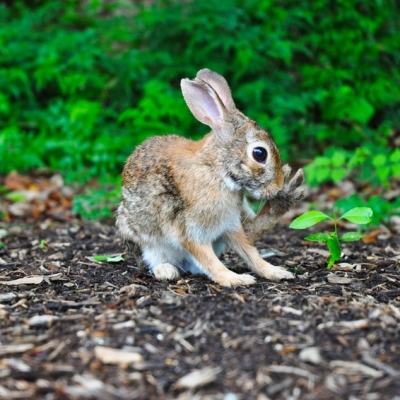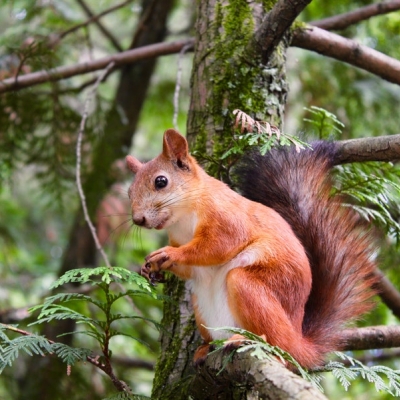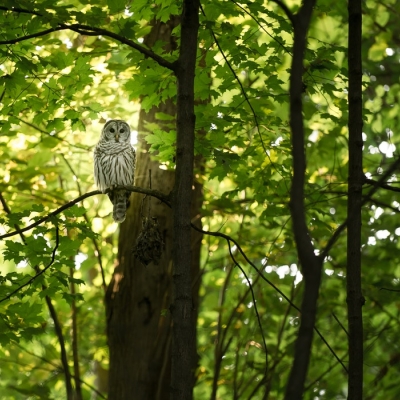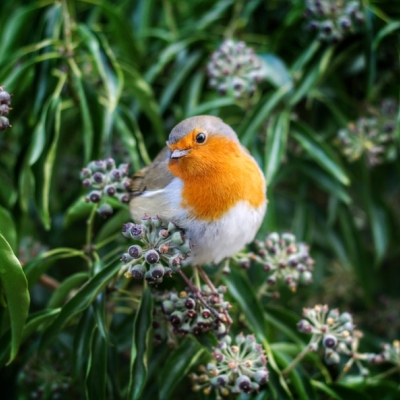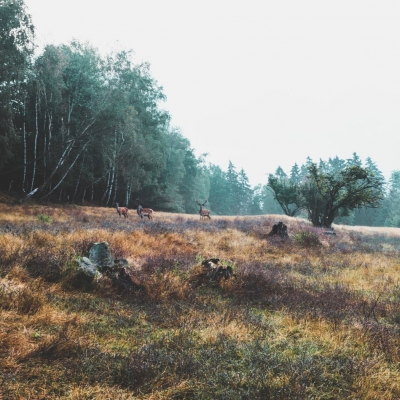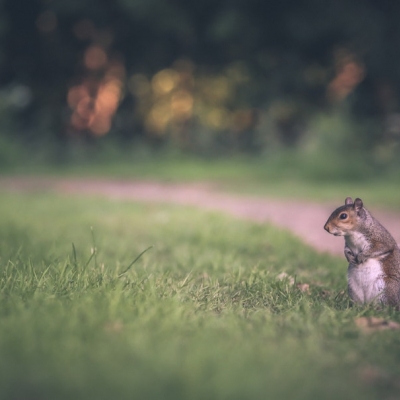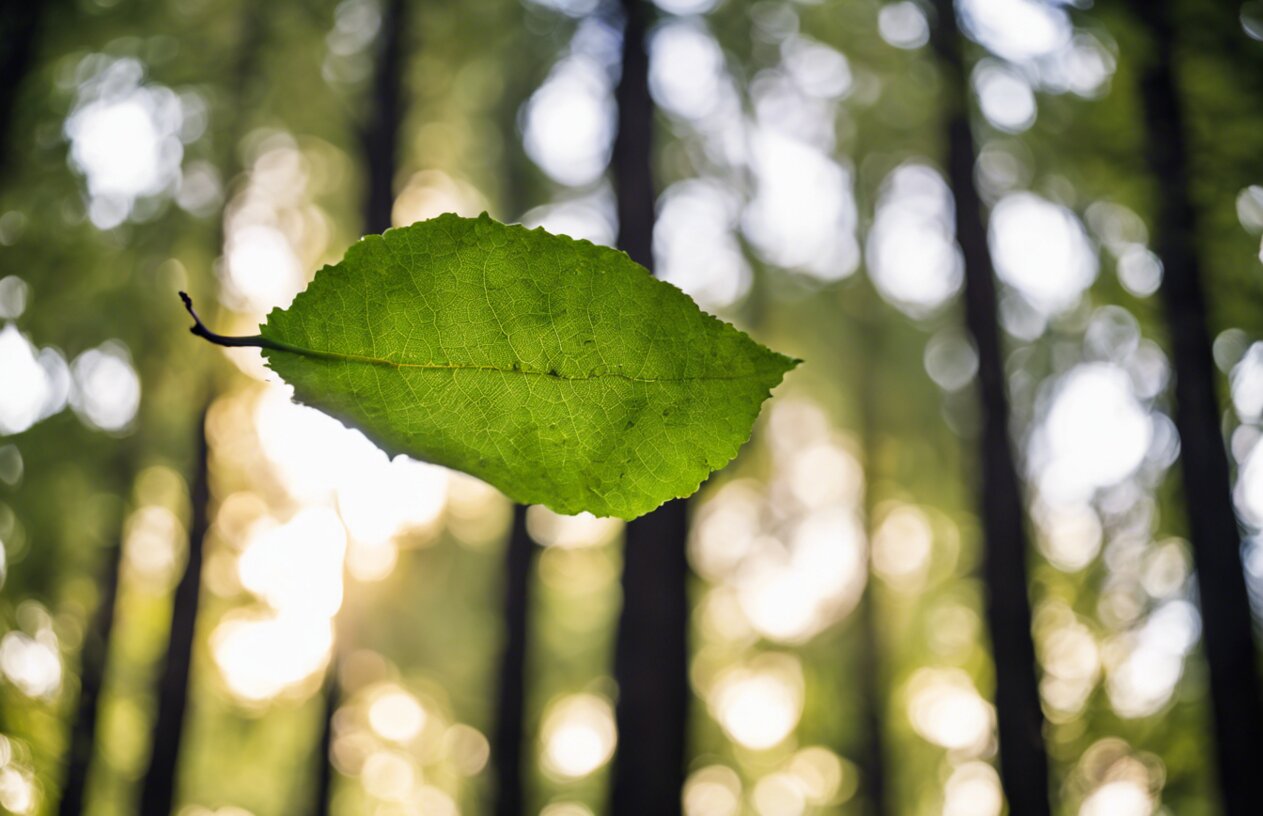
We're delving into the amazing realm of tree species identification today. Knowing the various species of trees can really improve your outdoor experience, regardless of experience level with trees.
Let us first discuss the need of tree species identification. Understanding local ecosystems and biodiversity to making wise choices about conservation initiatives are just a few of the ways that knowing the kinds of trees around you can be helpful. Going through the woods and being able to identify that majestic oak or elegant maple is also just plain fascinating.
Alright, ready to get started? Great! Now on to some methods of tree species identification now. Among the most often used techniques is leaf examination. No matter the tree there are important hints in the size, arrangement, patterns, and shape of the leaves. Because of their characteristic palmate shape and serrated edges, maple leaves, for instance, are readily identifiable.
Bark is a further important characteristic to notice. Between species, bark varies in texture, color, and pattern. Consider the distinctively white bark of birches or the deeply creased bark of an old oak; each has a different story to tell.
Remember fruit and flowers as well! These reproductive structures may be identifying clues. Picture the vivid cherry tree blossoms or the spiky sweetgum balls strewn over the ground.
There are also many of apps available that use image recognition technology to help identify trees based on pictures you take for those tech-savvy tree lovers.
When I first got started I found carrying a pocket guidebook with vibrant pictures to be useful when I first started learning about tree species identification. My nature walks became thrilling treasure hunts as a result!
Let's quickly review now using instances:
- Oak Trees: Recognizable by their lobed leaves and of course the acorns they produce.
- Pine Trees: Distinguished by clusters of needle-like leaves that make up the body of the tree.
- Maple Trees: Easily identified by their distinctive palmate-shaped leaves which appear on the Canadian flag.
- Birch Trees: Characterized by their striking white bark that is a personal favorite of mine.
- Apple Trees: Hum, these can be a bit tricky, but just watch for delicious fruits in the fall and fragrant blossoms in the spring.
I selected trees that everyone will readily know so that children will find it easy to follow along. Tree identification comes down to patterns, and how well we can recognize them. Recall that when identifying tree species, practice makes perfect. Leave the house, pay close attention, and before long you'll be identifying various trees like an expert!
So the next time you're out enjoying the wonders of nature, stop to notice the variety of trees all around you; they all have a unique story to tell. Happy searching for trees!
